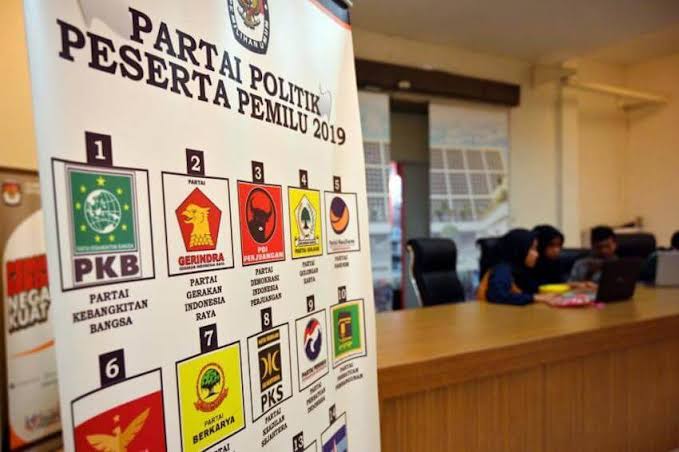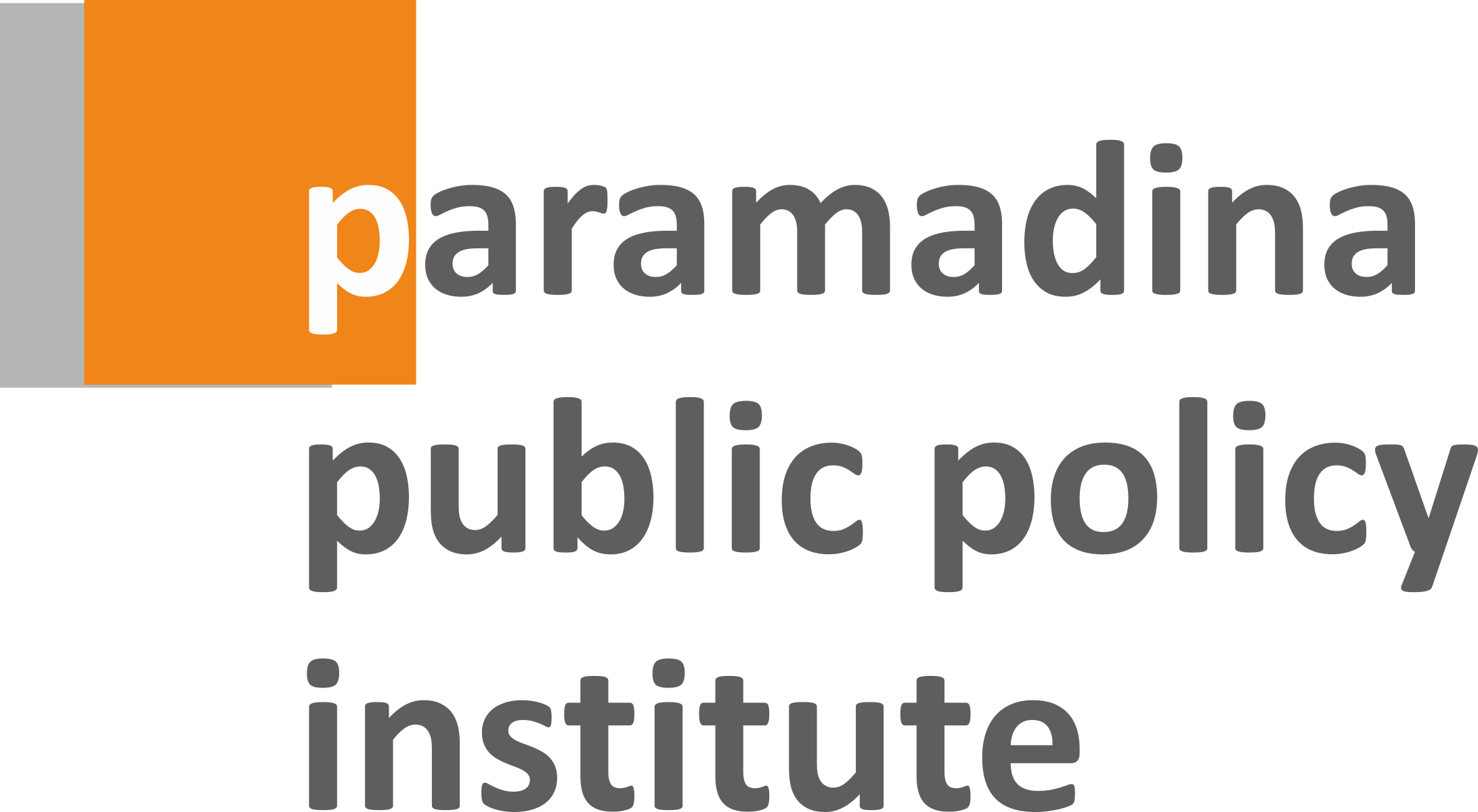
18 January 2020
After the 2019 elections, several political parties held successions of leadership to carry out the regeneration function and improve the performance of their political machines. Nevertheless, the results of the leadership succession of several national political parties do not indicate an effective process of leadership regeneration.
This ineffectiveness is indicated by the dominance of old names who returned to the helm of the national political parties. For example, Megawati was re-elected as PDIP Chairperson, Muhaimin Iskadandar again became the PKB’s captain, Surya Paloh also returned to the position of Nasdem’s general leader, and Airlangga Hartarto, who recently returned to the position as the general leader of Golkar Party for the next five years.
That political reality indicates that the internal dynamics of political parties tend to want the status quo to be maintained. For instance, there is some stagnant condition where the space for change and regeneration does not gain adequate attention in the succession process of political party leadership. This means that the old power structure has a strong grip that it easily maintains dominance in the political party leadership command structure.
Several factors cause the inexorability of the status quo. First, the magnitude of patron-client dominance in political parties. Indeed, there is nothing wrong with the phenomenon of patron-client. Because, even in traditional to modern party institutions, patron-client has always been a political reality that always has a very open space to grow and develop. Various classic reviews show that the formation of patron-client relationship patterns is caused by multiple factors, ranging from leadership history, resources and logistics distribution, the authority and charisma of leaders, breeds or heredity, to the high capacity of religious knowledge and the legitimacy of local customs which all are the basis for creating public trust towards leaders (Anderson, 1970; Scott, 1972). When there is no alternative power that can compensate for the existing leadership, then there rises a centralized role in every decision making in political parties.
Second, the persistence of the status quo in the succession of political party leadership is also influenced by internal party motives that can potentially lead to friction and factionalism among powers within the political party’s internal power structure. This means that the status quo, which is predominantly based on the pattern of patron-client relations, is deliberately utilized to maintain the stability and internal solidity of political parties. If this is not managed, conflict and division can potentially occur and degrade their political machine. Meanwhile, political parties will face a variety of short-term national competition activities in the form of the 2020 elections, the 2022 elections and the preparation for the 2024 election which requires solidity of the political machine.
Third, political parties tend to be ‘clingy’ to their status-quo so that they neglect their courage to take risks, speculate, and innovate to create new platforms for alternative new leaders. So, the spirit of change and transformation of generations in the party structure is quite limited. Such psychological conditions suffered by political parties have the potential to hamper the institutional development of political parties. Thus, the command model, political strategy, regeneration patterns and inter-agency communication approaches will tend to stagnate. In this sense, political parties will tend to cling onto the conservative methods to maintain their loyal voter bases, without being able to expand their captive market.
Furthermore, the status quo of the political party’s leadership will also have an impact on the stagnation of the quality of Indonesia’s democracy in the future. Because, there are no acceleration opportunities for cadres and potential new leaders to rise and show up before the public. At the same time, the pattern of the status quo relation also has the potential to face challenges from the political behavior of voters who tend to be fed up and ‘reluctant’ with a stock of old faces that dominate national politics.
Therefore, this political reality should, to some extent, become an excellent opportunity for the remaining political parties that have not yet run a leadership succession, like the Democratic Party, PPP, PAN, to PKS. The courage to refresh the leadership structure by presenting new faces with adequate vision and integrity will increase ‘public trust’ and public appreciation to those political parties.
For example, the Democrat Party (PD), as a former ruling party facing dynamics and electability challenges after the presidency of Susilo Bambang Yudhoyono (SBY), is one of the parties that should consider this leadership refreshing step. If SBY – Chairperson of the Democratic Party, dares to take the innovative step to provide regeneration opportunities, including to Agus Harimurti Yudhoyono (AHY), the Democratic Party can transform and refresh the party’s power.
Apart from the figure of AHY which is deemed a biological and ideological offspring of SBY, this political party needs to consider the reality that AHY has always been the only name that consistently represents PD according to surveys of national leadership. The popularity and electability aspects are the basic assets that are not easily engineered. Many political figures and leaders of political parties invest resources and logistics to “desperately” manipulate public opinion in order to increase their popularity and electability. But voters’ political behavior tends to develop naturally. Door to door canvassing to digital campaign operations does not guarantee it can change, then manipulate public political orientation and preferences.
To this end, the regeneration of leadership must still be based on careful calculations. The formulation was also taken by the PDIP to take a starkly different approach when proposing Joko Widodo in the 2012 Jakarta Gubernatorial Election and the 2014 Presidential Election, despite overstepping the party’s Sukarno’s traditional inheritance. Refreshing political leadership, in that sense, is a fundamental need as well as a great opportunity that must be captured by political parties. Nevertheless, a proportional understanding must still be done to navigate the structural solidity and political power base of each party. However, the regeneration of political leadership clearly promises excellent opportunities for political victory through the transformation of the quality and effectiveness of the political machinery movement. Such a consideration should help political parties better maintain their loyal voter base while expanding the captive market which is dominated by the strength of swing voters which will be even larger in the upcoming elections. (*)
Umam is a lecturer of Political Science, Paramadina University, Jakarta. He is also Managing Director of Paramadina Public Policy Institute
This article was first publised in KOMPAS in Indonesian. It was translated into English with permission.
